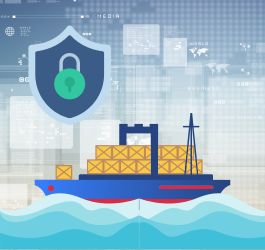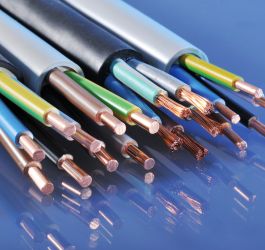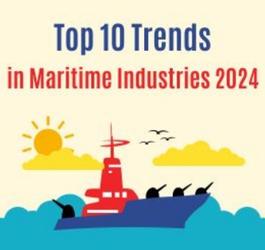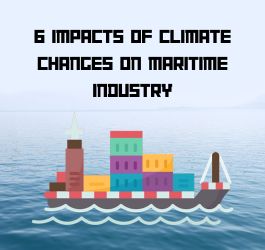For centuries, the shipping industry has played a pivotal role in global trade and connectivity, enabling the transportation of goods across vast distances.
Acting as a bedrock, the industry responsible for nearly 90% of the world's trade volume. Its contribution to the world economy is significant, with freight rates alone adding approximately $380 billion annually.
In the face of climate change and environmental degradation, there is a growing global call for industries to embrace sustainability and implement eco-friendly practices.
The maritime industry, responsible for transporting a significant portion of the world's trade through container shipping, is under increasing pressure to contribute to a more sustainable future.
Recognizing its substantial environmental impact, the industry holds a crucial role in driving positive change.
Throughout its rich history, the industry has consistently demonstrated its ability to adapt and embrace technological advancements in order to meet changing demands and requirements.
Table Of Contents
- Impact of maritime industry on environment
- What is green technology?
- Importance of green techs toward the maritime industry
- Global solutions toward a greener future
- Singapore maritime towards green practice
- Green ship programme
- Green port programme
- Green energy and technology programme
- Green awareness programme
- Evolution of green tech in the maritime industry
- Optimized cooling system
- Eco-friendly fuel as replacement
- Adoption of sail and kite propulsion system
- The application of exhaust scrubber
- Latest development on propeller
- Arise of eco-friendly body paint technology
- Non-ballast ships used
- Invention of battery-powered ship
- Adoption of green LED lights
- Green tech is the future for maritime industries
Impact Of Maritime Industry On Environment
Over the past two decades, the global logistics industry has witnessed a remarkable increase of 101% in freight traffic volume.
Interestingly, during the same period, emissions have only risen by 40%.
This remarkable achievement can be attributed to the substantial size of ships and the continuous advancements in their efficiency.
As a result, shipping stands out as the mode of transport with the lowest carbon emissions in the entire supply chain. When compared to other transportation modes, the environmental advantages of ships become even more evident.
For instance, a large vessel emits slightly over 1% of CO2 per tonne-km compared to aircraft, which release considerably higher levels of emissions.
In contrast, rail trains produce approximately 7 times more CO2 per tonne-km, while road trucks generate a staggering 16 times more CO2 per tonne-km compared to ships.
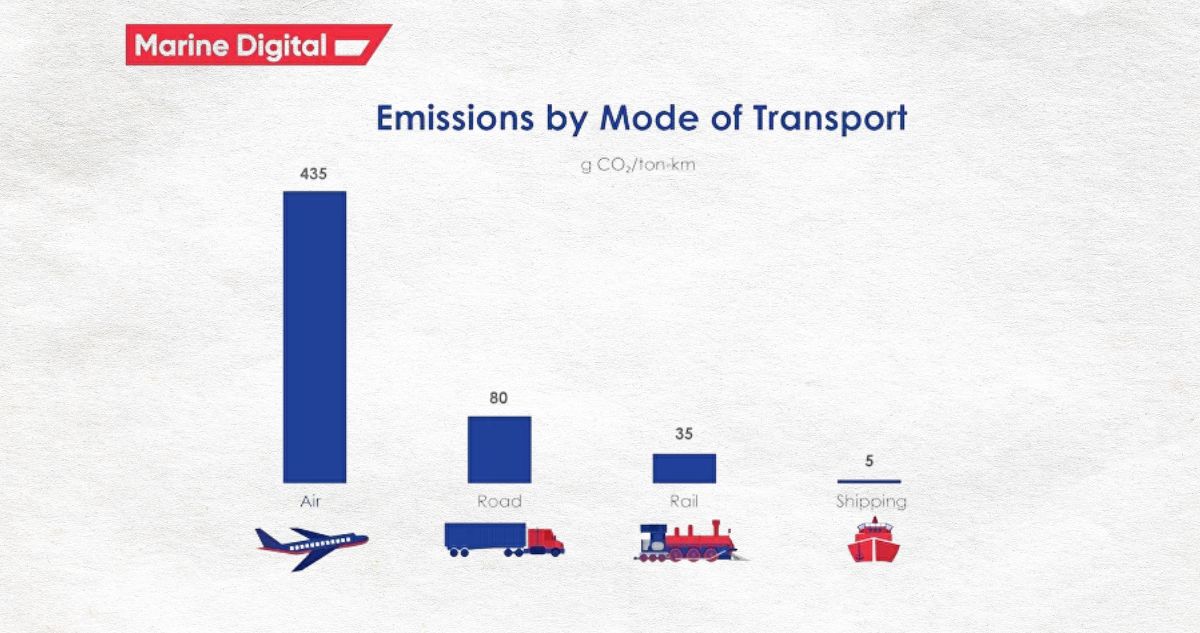
In recent times, shipping has been responsible for approximately 3% of the overall carbon dioxide emissions.
While this figure may not seem significant when compared to other emissions sources such as sulfur emissions (15% of the total) and particulate matter (11% of the total), it is crucial to address all aspects of environmental impact in the maritime industry.
Shipping and port operations are significant sources of emissions, including sulfur dioxide (SO2), carbon dioxide (CO2), black carbon (BC), carbon monoxide (CO), nitrogen oxides (NOx), and different types of particulate organic matter.
These emissions can be categorized into two main groups: greenhouse gas (GHG) emissions and non-GHG emissions.
Greenhouse gasses, also referred to as GHGs, are gasses present in the Earth's atmosphere that have the ability to trap heat. Commonly known GHG is carbon dioxide.
Non-GHG emissions primarily affect local areas, trap more heat within the atmosphere than CO2. Few examples of non-GHG emissions are methane, nitrous oxide and fluorinated gasses.
Maritime transport is a significant contributor to global non-greenhouse gas (non-GHG) emissions, including emissions of sulfur dioxide (SO2).
According to the International Marine Organization’s 2014 study, global shipping accounts for approximately three percent of all human-induced CO2 emissions, 15 percent of nitrogen oxide emissions, and 13 percent of sulfur dioxide emissions.
Furthermore, for over a century, heavy fuel oil (HFO) has been the preferred fuel for large ships due to its cost-effectiveness and high energy content. However, it is important to acknowledge its significant environmental drawbacks.
HFO, also known as residual fuel, is a thick and sticky substance left behind after the refining process of petroleum crude. It requires heating to ensure proper flow through ship engines.
A combination of paraffins, olefins, aromatics, asphaltenes, as well as compounds containing sulfur, nitrogen, and metals can be found in HFO.
Heavy fuel oil’s popularity stems from its ability to provide significant propulsion power with relatively small quantities, allowing ships to cover long distances.
However, the composition of HFO poses environmental concerns due to the emissions of sulfur dioxide (SO2), nitrogen oxides (NOx), and particulate matter. At a global scale, ships contribute around 5-10% of anthropogenic sulfur dioxide (SO2) emissions.
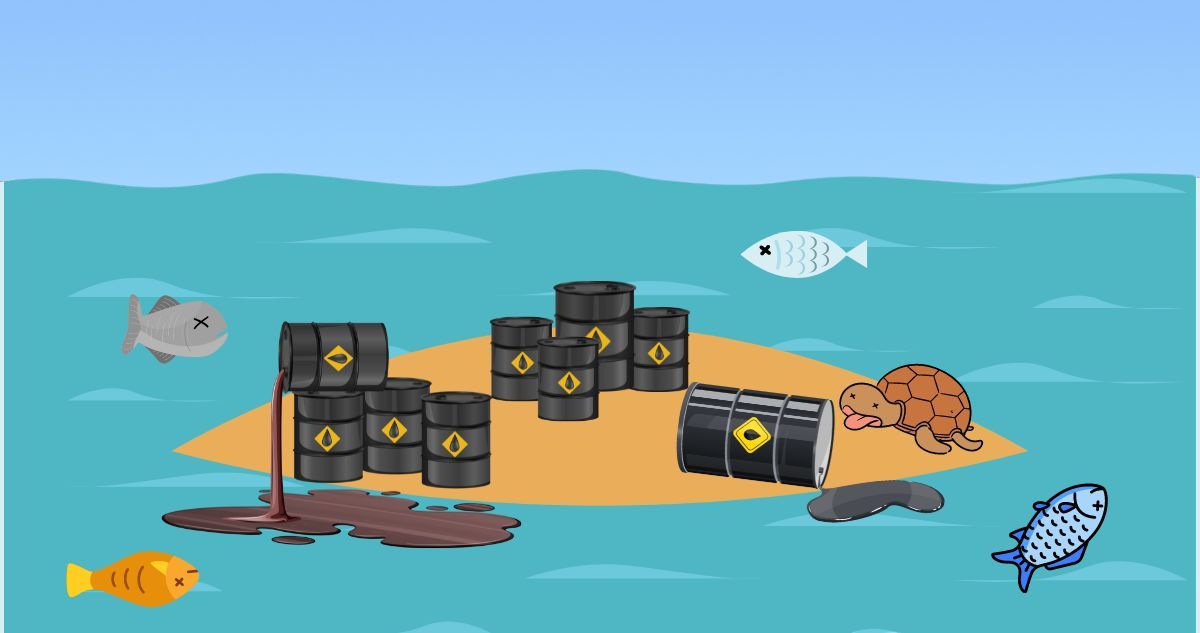
These emissions from shipping play a significant role in the overall pollution levels in port-cities and have notable implications for public health.
Shipping emissions of sulfur oxides (SOx) are significantly higher than those of road transport, ranging from 1.6 to 2.7 times greater. Moreover, international shipping generated approximately 80 times more sulfur oxides emissions than aviation in 2000.
These figures highlight the substantial contribution of the shipping industry to SOx pollution in comparison to other modes of transportation.
What Is Green Technology?
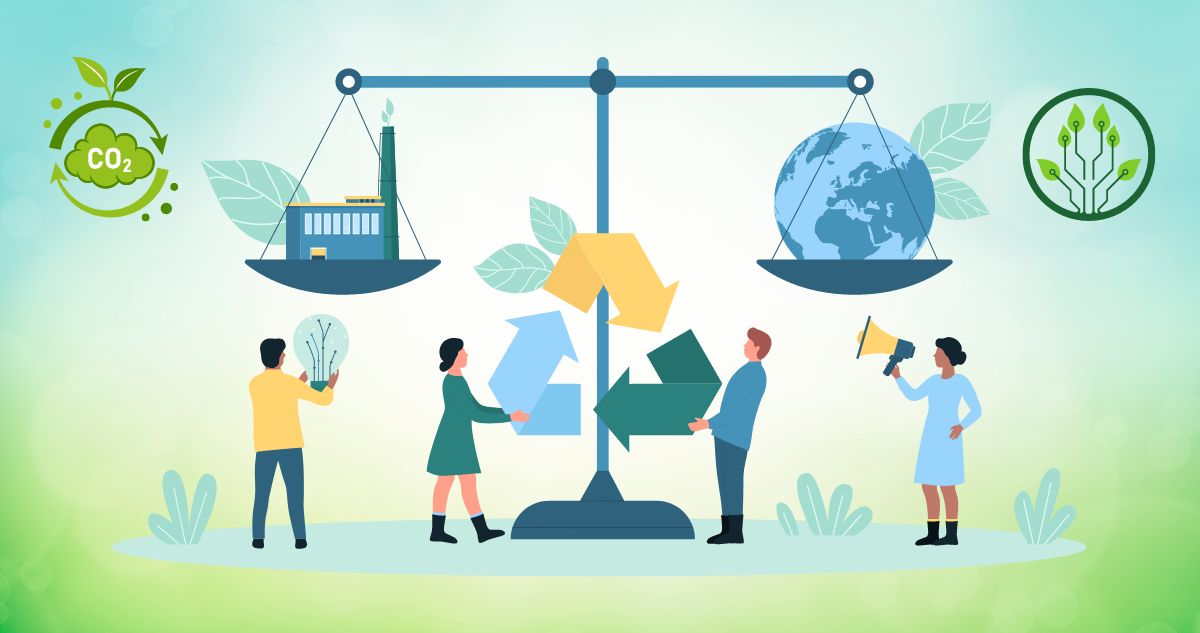
Green technology, also known as clean technology or eco-friendly technology, is a broad term encompassing various technologies and practices that aim to minimize environmental impact and promote sustainability.
It encompasses innovations and solutions across different sectors, including energy, transportation, construction, waste management, and more.
By harnessing the potential of green technology, societies can create a more sustainable and resilient future, balancing economic growth with environmental protection and societal well-being.
It offers a pathway towards a cleaner, greener, and more sustainable world for current and future generations.
Importance Of Green Techs Toward The Maritime Industry
In the face of climate change and environmental degradation, there is a growing global call for industries to embrace sustainable practices.
The maritime industry, responsible for transporting approximately 90% of global trade through container shipping, is recognized as a key player in the transition to a more sustainable future.
One of the primary contributors to emissions in shipping is the use of fuel, which constitutes over 50% of the operational costs. Consequently, the choice of fuel for sea freight forwarding plays a critical role in environmental impact.
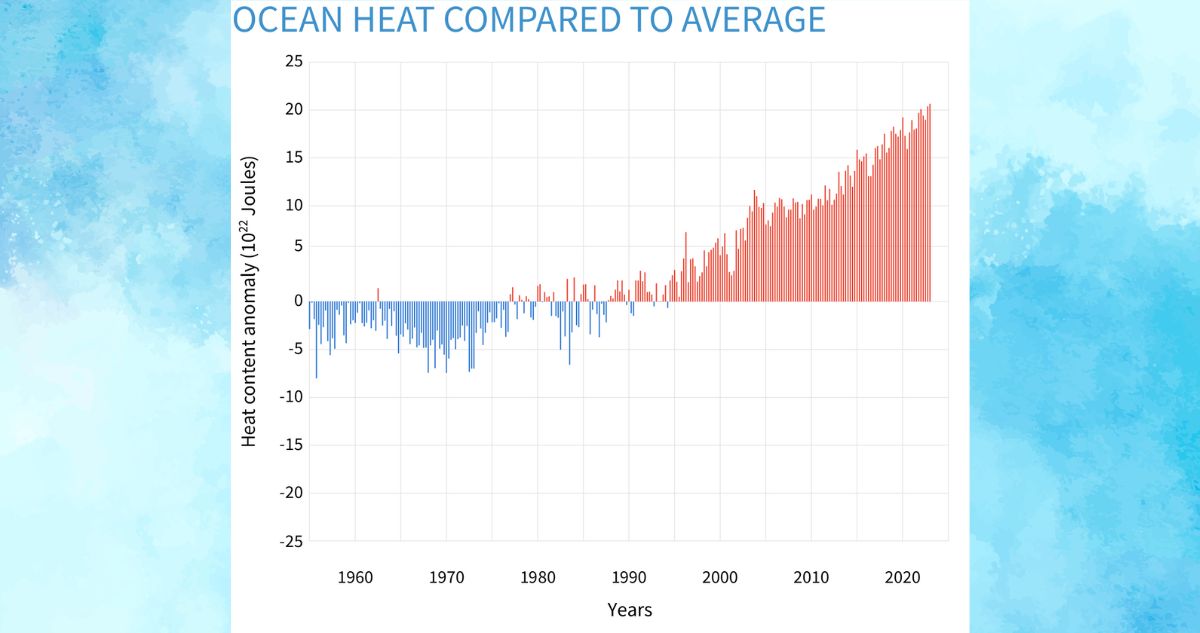
(Source: NOAA Ocean Heat Content)
The increasing levels of greenhouse gasses in the atmosphere are impeding the free escape of heat radiated from the Earth's surface into space. Consequently, a significant portion of the excess atmospheric heat is being transferred back to the ocean.
This process has led to a substantial rise in the upper ocean heat content over the past few decades. The ocean acts as a crucial heat sink, absorbing and storing a considerable amount of the excess heat generated by human-induced climate change.
Over the past 50 years, the majority of global warming has taken place in the Earth's oceans, accounting for more than 90 percent of the overall warming. Recent studies have provided estimates that highlight the significance of ocean warming.
During an interview with UN Environment, Peter Thomson, the UN Special Envoy for the Ocean, emphasized the significance of considering the consequences of ocean warming.
He stated that rising sea levels, the decline of coral reefs, and the acidification of the ocean should be taken into account when assessing the impacts of this phenomenon.
You cannot have a healthy planet without a healthy ocean.- Peter Thomson, UN Special Envoy for the Ocean.
In response to this, the International Maritime Organization (IMO) has established stricter standards, prompting extensive research and development of "green" technologies within the shipping sector.
This highlights the importance of embracing and applying innovative solutions to meet the evolving requirements of the shipping industry.
Global Solutions Toward A Greener Future
Recognizing the need for change, the shipping industry is gradually incorporating eco-friendly technologies and adjusting its operations.
In 2005, the International Maritime Organization (IMO) took a significant step by initiating emissions monitoring, particularly focusing on sulfur content in marine fuels, primarily in the United States and the European Union.
This monitoring aimed to address the environmental impact of the shipping industry. As a result, stricter regulations were introduced to reduce sulfur emissions.
According to the 2008 amendments, the global sulfur limit for fuel was set at 3.50% starting from 2012.
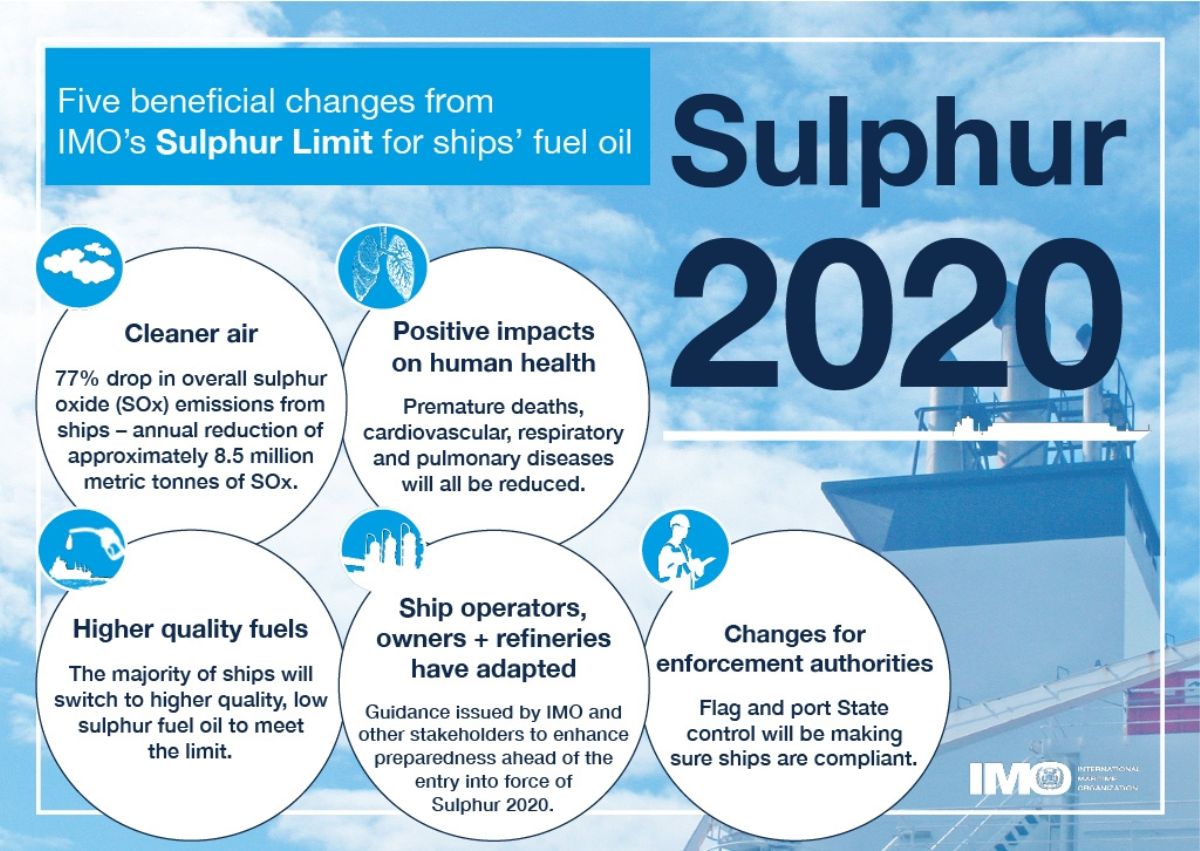
In autumn 2016, the International Maritime Organization (IMO) launched an initiative to transition the global civil fleet to the use of marine fuel with a sulfur content of 0.5% starting from January 2020, replacing the previous limit of 3.5%.
Shipowners worldwide are confronted with the decision of how to comply with the regulations set by the International Maritime Organization (IMO).
In order to comply with these new regulations, the industry must adopt and implement innovative measures to reduce environmental impact and promote sustainability.
Shipowners have the option to explore various strategies and technologies to ensure compliance with IMO requirements, such as:
- Implementing cleaner fuels
- Adopting emission reduction technologies
- Considering alternative propulsion systems.
During the Marine Environment Protection Committee (MEPC 80) meeting held on 3-7 July, 2023, Member States of the International Maritime Organization (IMO) unanimously approved the adoption of the 2023 IMO Strategy on Reduction of GHG Emissions from Ships.
This updated strategy features strengthened targets aimed at addressing harmful emissions.
The revised IMO GHG Strategy outlines an enhanced common goal of achieving net-zero greenhouse gas (GHG) emissions from international shipping by around 2050.
It also includes a commitment to promote the use of alternative zero and near-zero GHG fuels by 2030. In addition, the strategy establishes indicative milestones for 2030 and 2040 to assess progress towards the set targets.
These efforts contribute to the development of greener solutions and enhance the environmental performance of ships, aligning with the industry's commitment to sustainability.
Singapore Maritime Towards Green Practice

The Maritime Singapore Green Initiative is a dedicated effort to minimize the environmental footprint of shipping and related operations, while promoting sustainable and environmentally friendly practices in Singapore.
In 2011, the Maritime and Port Authority of Singapore (MPA) made a commitment to invest up to S$100 million over a span of 5 years to support the Maritime Singapore Green Initiative.
The Maritime Singapore Green Initiative was extended until 31 December 2024 in 2019, with a renewed focus on promoting decarbonization efforts in the shipping industry.
The initiative consists of FOUR main programs:
- Green Ship Programme
- Green Port Programme
- Green Energy and Technology Programme
- Green Awareness Programme
These programs are voluntary and aim to incentivize companies to adopt environmentally friendly practices that go beyond the minimum requirements set by the International Maritime Organization (IMO) Conventions.
By recognizing and providing incentives to companies that prioritize clean and green shipping practices, the initiative showcases Singapore's commitment as a responsible flag and port state to sustainable and environmentally conscious shipping.
1. Green Ship Programme
The Green Ship Programme (GSP) has undergone a review and has introduced new incentives for Singapore-flagged ships that voluntarily go above and beyond the environmental standards set by the International Maritime Organization (IMO).
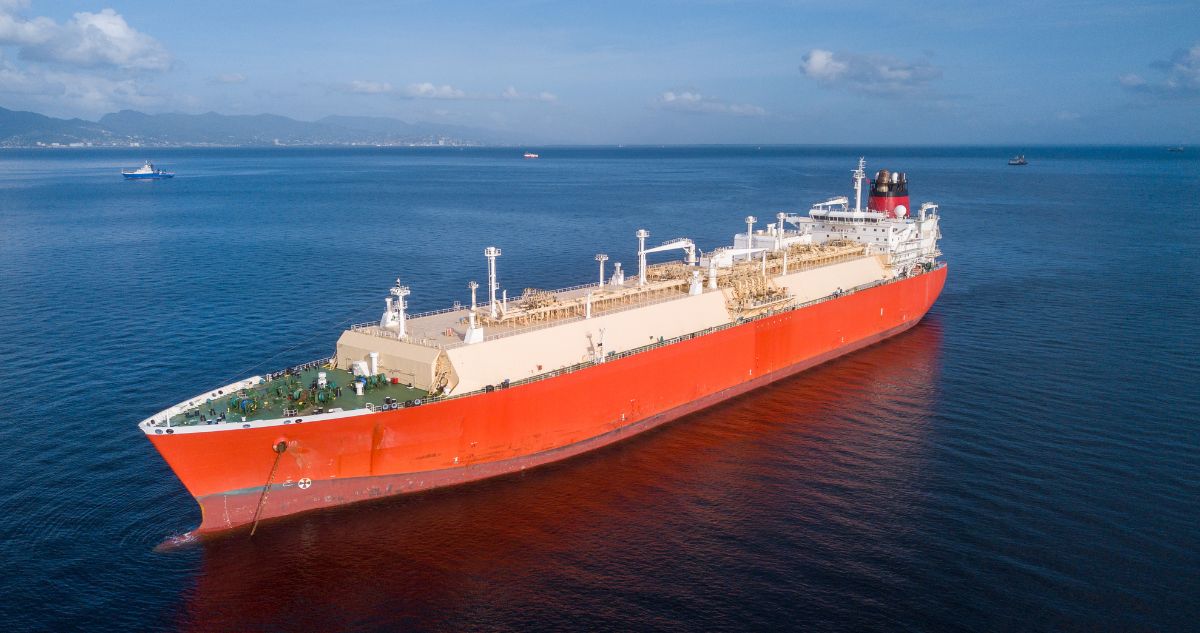
These incentives are effective from 1 May 2022 until 31 December 2024.
Under the GSP, the Maritime and Port Authority of Singapore (MPA) will provide significant benefits to eligible Singapore-flagged ships.
These benefits include a reduction of up to 100% in initial registration fees and 100% rebates on annual tonnage taxes.
To qualify for these incentives, ships must meet specific criteria:
- Exceed IMO's MARPOL Annex VI Phase 3 Energy Efficiency Design Index (EEDI) requirements by 10% or more
- Adopt an engine capable of using low-carbon fuels with a Conversion Factor (CF)2 equivalent to or lower than liquefied natural gas (LNG). This includes fuels such as (bio)-LNG, (bio)-methanol, and (bio)-ethanol
- Adopt an engine capable of using zero-carbon fuels, such as ammonia or hydrogen
These incentives aim to encourage and reward shipowners who embrace cleaner and more sustainable practices in their operations.
For more detailed information on the Green Ship Programme and its requirements, please refer to Shipping Circular No. 7 of 2022 issued by the MPA.
2. Green Port Programme
The Green Port Programme (GPP) has been reviewed and introduces incentives to promote environmental sustainability among ocean-going vessels calling at the Port of Singapore and MPA licensed harbor craft.
These incentives are applicable from 1 May 2022 until 31 December 2024.
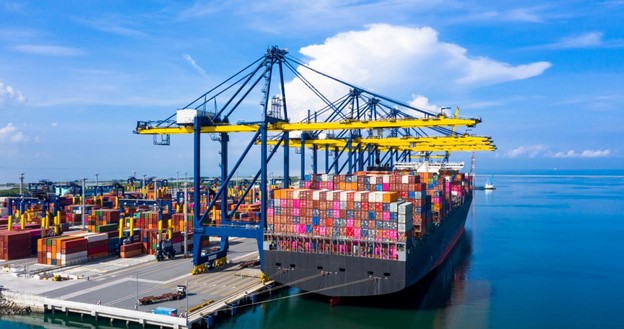
Under the GPP, the Maritime and Port Authority of Singapore (MPA) will provide a port dues reduction of up to 30% for vessels that meet specific criteria when calling at the Port of Singapore.
The criteria for eligibility are as follows:
- Energy Efficiency Design Index (EEDI) reduction
- Vessels must exceed the requirements of IMO Phase 3 EEDI by 10% or more.
- Use of low or zero carbon fuel
- Vessels must utilize low or zero carbon fuel while operating within the Port of Singapore.
These incentives aim to encourage the adoption of sustainable practices and technologies by vessels visiting the Port of Singapore.
By offering a port dues reduction, the GPP incentivizes vessels to prioritize energy efficiency and the use of cleaner fuels, contributing to the overall environmental sustainability of the port and reducing carbon emissions.
For more detailed information on the Green Port Programme and its requirements, please refer to Port Marine Circular No. 10 of 2022 issued by the MPA.
3. Green Energy and Technology Programme
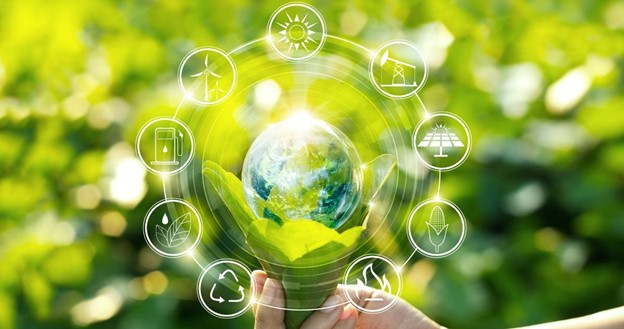
The Green Energy & Technology Programme focuses on promoting the development and pilot trials of green technologies by Singapore-based maritime companies.
The goal is to support the adoption of technologies that contribute to the achievement of the Maritime Singapore Decarbonisation Blueprint: Working Towards 2050 targets.
The Maritime Singapore Decarbonisation Blueprint: Working Towards 2050 outlines a comprehensive and ambitious roadmap for achieving a sustainable maritime sector in Singapore.
The blueprint sets forth a series of concrete long-term strategies that aim to address the challenges of climate change and reduce greenhouse gas emissions from the maritime industry.
This programme is open to ocean-going vessels registered under the Singapore Registry of Ships (SRS) and harbor crafts licensed to operate within the Port of Singapore.
Eligible maritime companies are encouraged to apply for the Green Energy & Technology Programme to receive support and funding for their initiatives.
Through this programme, Singapore aims to foster the growth of green technology solutions and propel the maritime sector towards a more sustainable future.
4. Green Awareness Programme
While specific details of the program have not been officially announced by the Maritime and Port Authority of Singapore (MPA), it is expected to raise awareness and promote sustainable practices within the maritime industry.
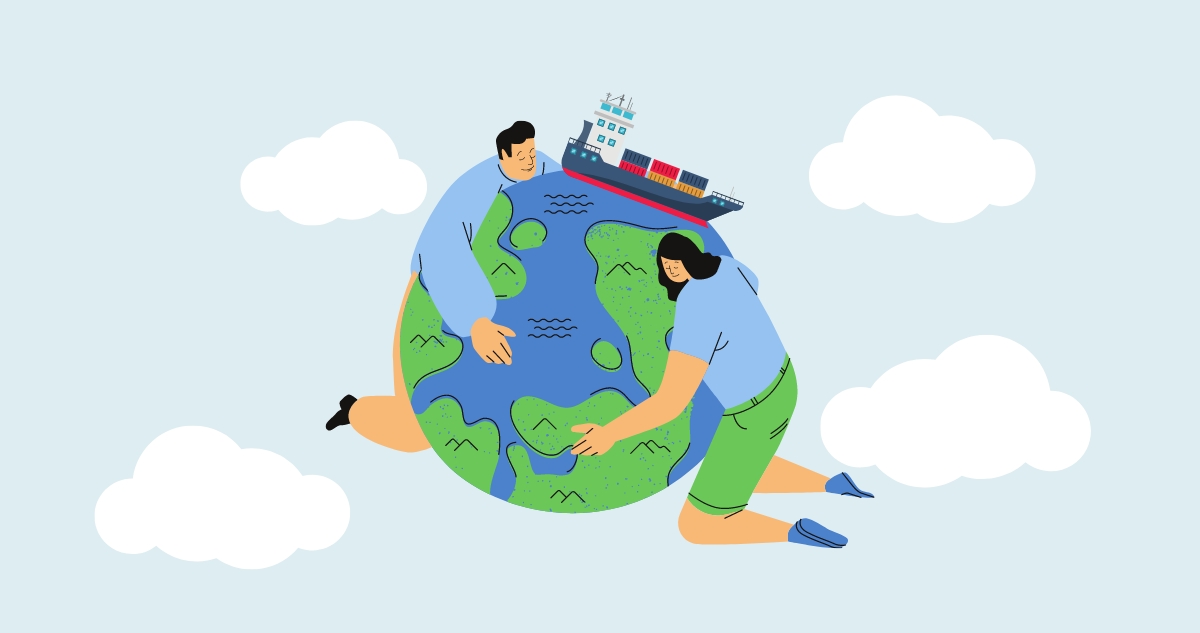
These voluntary programs are specifically developed to acknowledge and incentivize companies that go beyond the minimum requirements set by the International Maritime Organization (IMO) Conventions, adopting environmentally friendly practices in shipping.
By participating in these initiatives, companies demonstrate their commitment to promoting clean and sustainable shipping.
This emphasizes Singapore's dedication as a responsible flag and port state, actively supporting clean and green shipping practices.
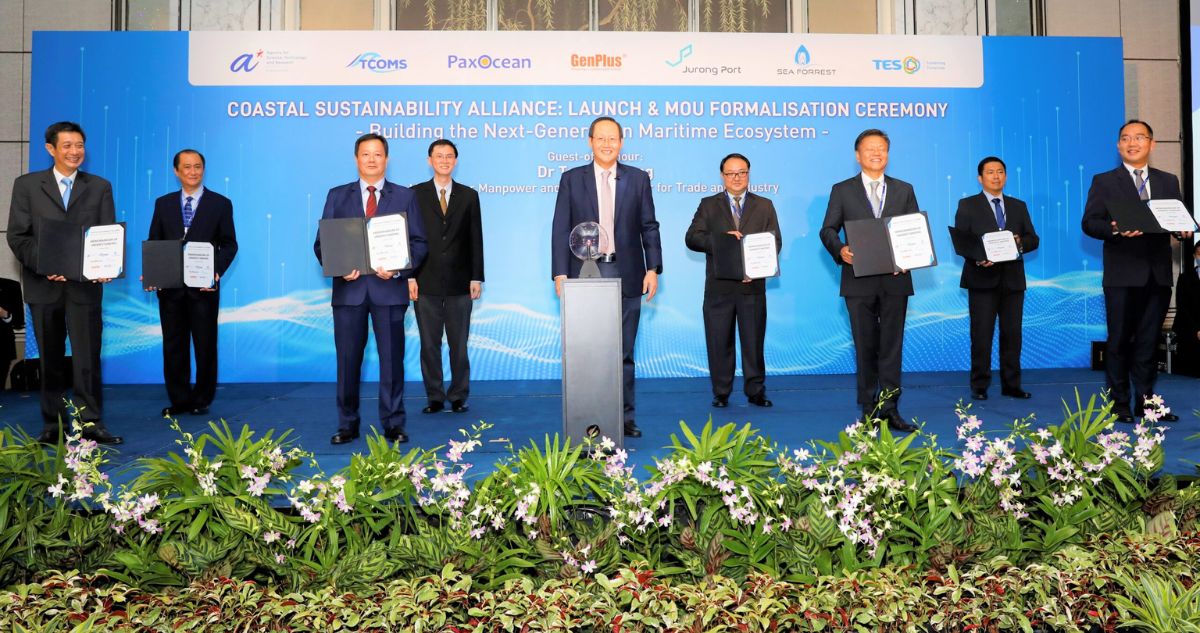
On 14 March 2022, the Coastal Sustainability Alliance (CSA) was established through a collaborative effort involving:
- Sea Forrest Power (SFP)
- Kuok (Singapore) Limited Maritime Group
- Agency for Science, Technology and Research
- GenPlus Pte Ltd
- Jurong Port Singapore
- Technology Centre for Offshore and Marine, Singapore (TCOMS)
- TES-AMM (Singapore) Pte Ltd
The Alliance’s goal is to enhance and transform Singapore's maritime sector, driving the transition towards decarbonization, electrification, and the adoption of energy-efficient logistics and engineering solutions.
Evolution Of Green Tech In The Maritime Industry
The international shipping industry is actively implementing green technology to reduce its impacts on the global environment.
Innovative developments in the maritime industry have led to the creation of more efficient systems that significantly reduce the environmental impact of ships.
These advancements include improvements in engine efficiency, water cooling, and the adoption of innovative technologies such as Kite-Sail and Rig-Sail systems.
Here are some notable ways in which innovative technologies are being introduced:
1. Optimized Cooling System
By implementing an optimized cooling system for the ship's main engine, a significant reduction of 60% in electrical power demand can be achieved.
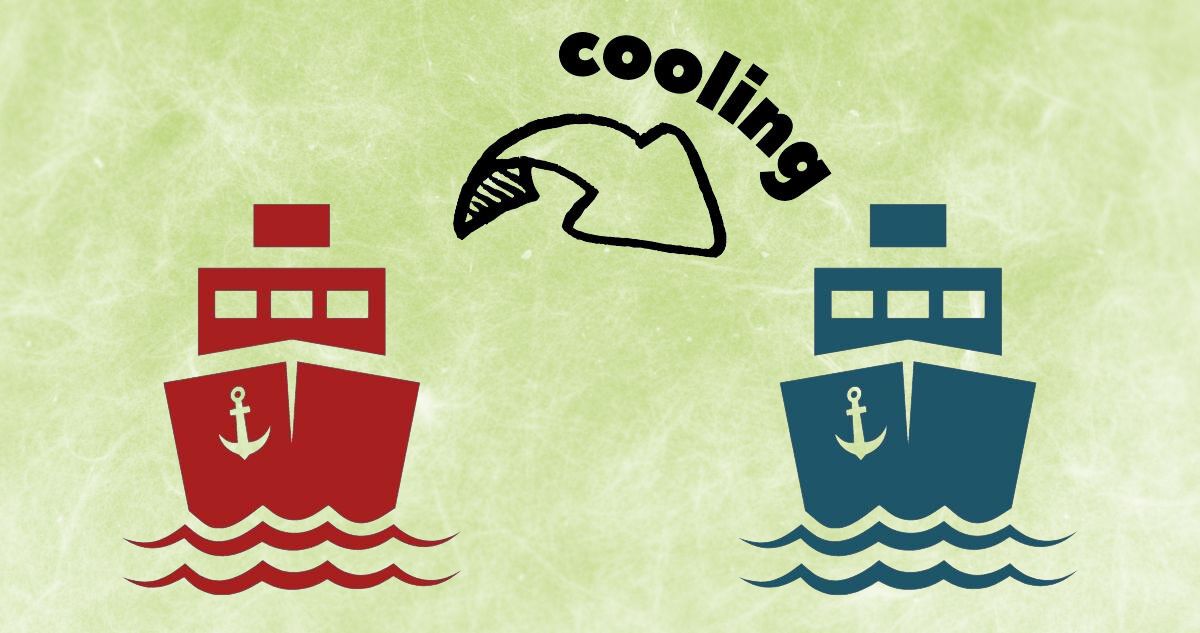
This power reduction leads to substantial savings in marine diesel oil consumption, amounting to 296.2 tons, which would have otherwise been required by diesel generators or oil-fired boilers.
This translates to an 80% reduction in fuel consumption.
The reduction in fuel consumption has a direct impact on emissions, resulting in a reduction of approximately 948 tons of CO2 emissions.
In addition to the environmental benefits, there are significant cost savings associated with the reduced fuel consumption.
The cost savings amount to $207,300, providing a tangible economic advantage for the ship operator.
2. Eco-friendly fuel as replacement
A significant challenge arises when energy consumers are situated in remote areas far from gas reserves, rendering the construction of pipelines impractical and expensive.
To overcome this issue, a solution involves cooling gas to transform it into a liquid form, reducing its volume for more convenient, secure storage and transportation across long distances.
This procedure gives rise to liquefied natural gas (LNG), offering a practical means of shipping gas overseas while facilitating efficient utilization of energy resources.
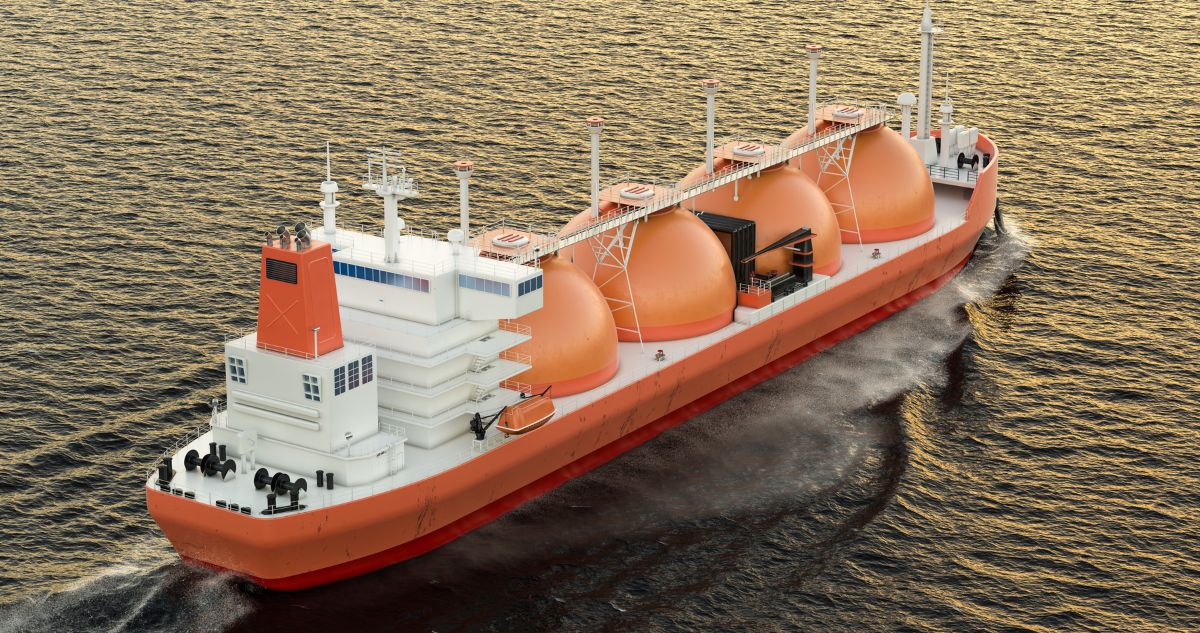
LNG (liquefied natural gas) fuel is indeed considered a promising option for the future of the shipping industry.
It offers several benefits, particularly in terms of reducing air pollution from ships. When compared to traditional fuel sources such as heavy fuel oil, LNG emits lower levels of sulfur oxides (SOx), nitrogen oxides (NOx), particulate matter, and carbon dioxide (CO2).
Additionally, the use of LNG as a fuel can contribute to improved engine performance and efficiency. Combining LNG fuel with diesel oil in dual-fuel engines allows for flexible operation and optimized fuel consumption.
This can result in significant fuel savings and cost reduction, making LNG an attractive option for ship operators.
On the other hand, the majority of shipowners are opting for the use of a new type of fuel called very low sulfur fuel oil (VLSFO), with a sulfur content of 0.5%, which is significantly lower than the sulfur content in high sulfur fuel oil (HSFO).
This shift to VLSFO ensures compliance with IMO regulations. In addition to transitioning to cleaner oil-based fuels, the industry is also exploring alternative energy sources such as solar and wind power.
3. Adoption of Sail and Kite Propulsion System
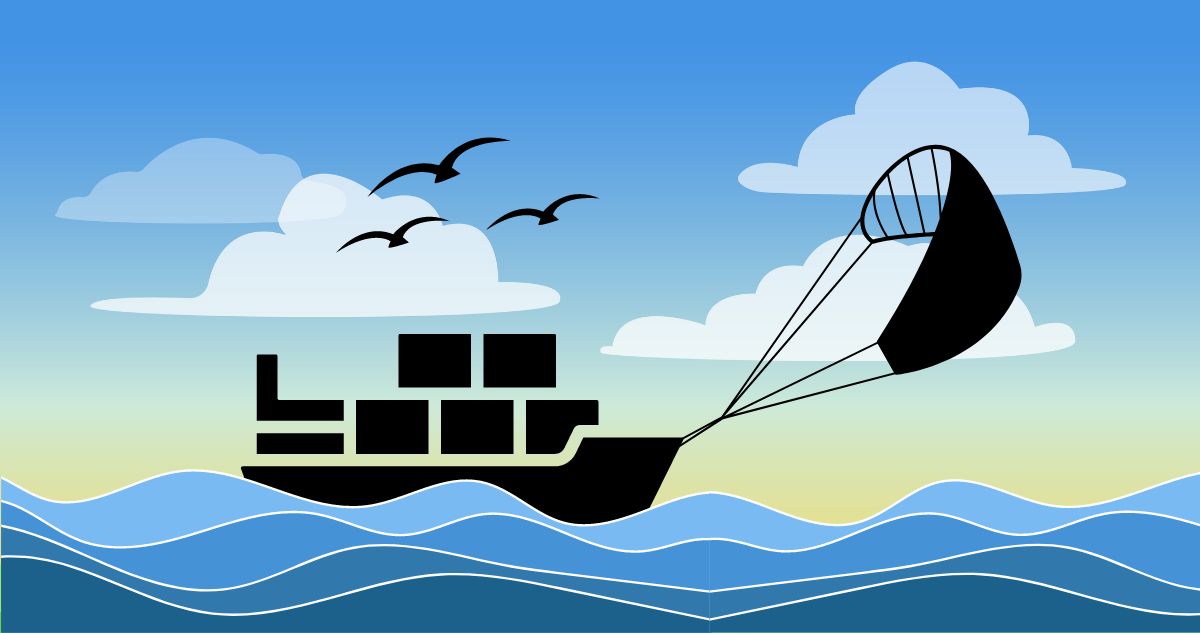
The implementation of sail and kite propulsion systems in conjunction with the conventional propulsion system, offers significant benefits in terms of fuel efficiency and emissions reduction.
By utilizing these innovative technologies, fuel consumption and carbon emissions can be reduced by up to 20%.
Furthermore, the sail and kite propulsion systems contribute to a substantial decrease in emissions of harmful pollutants such as NOx, SOx, and CO2.
The reduction in these emissions also aligns with global efforts to combat climate change and improve air quality.
4. The Application of Exhaust Scrubber
One approach chosen by a segment of the shipping industry involves retrofitting vessels with exhaust gas purifiers, known as scrubbers, which allow the use of high-sulfur fuel while still meeting emission standards.
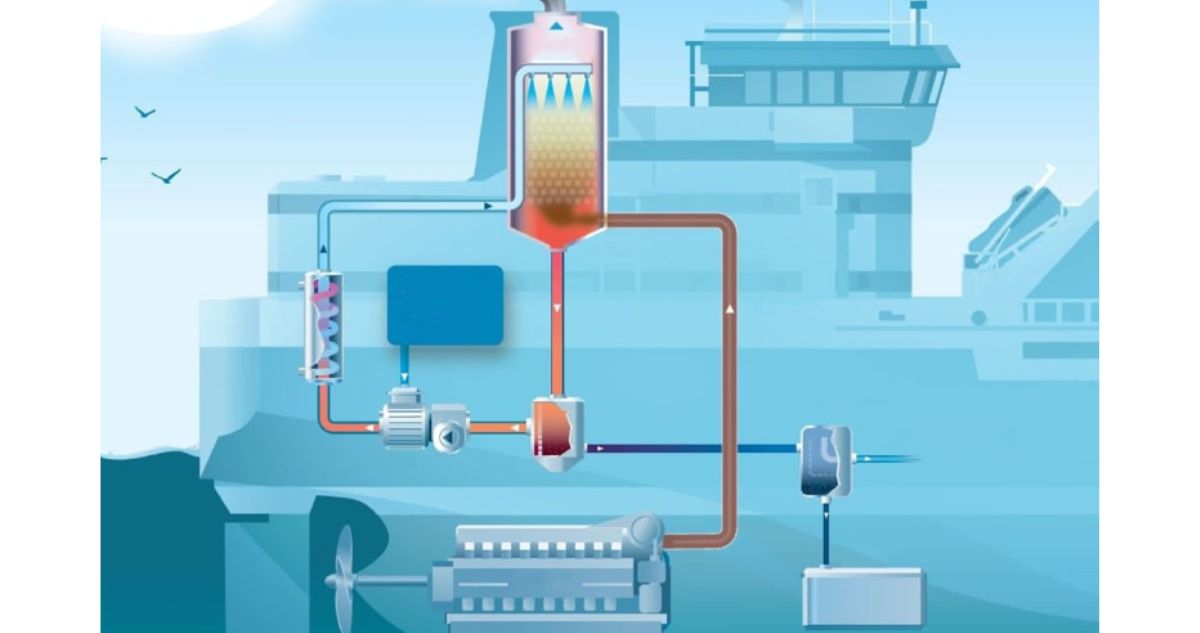
Scrubbers, also known as Exhaust Gas Cleaning Systems (EGCS), are utilized in the maritime industry to mitigate the environmental impact of exhaust gasses produced by combustion processes in marine engines.
Exhaust gas scrubbing systems have been designed and implemented to effectively treat the exhaust emissions generated by engines, auxiliary engines, and boilers on both onshore and onboard marine vessels.
The primary objective of these systems is to prevent any adverse impact on human health and the environment caused by the release of toxic chemicals.
By fitting a scrubber system, ships can achieve a significant reduction in sulfur emissions, bringing the sulfur content down from 3.5% to the mandated limit of 0.5%.
This retrofitting process involves installing the necessary equipment and infrastructure to effectively clean the exhaust gasses before they are released into the air.
It is projected that by the end of 2020, approximately 3,000 vessels globally will be equipped with scrubbers, with an additional 1,000 scrubbers expected by the start of 2021.
5. Latest Development on Propeller
Propeller technology is evolving to address the impact of underwater noise on marine life and the environment.
One innovative development is the use of propellers with looped blades, which can help reduce the noise generated by ship propulsion systems.
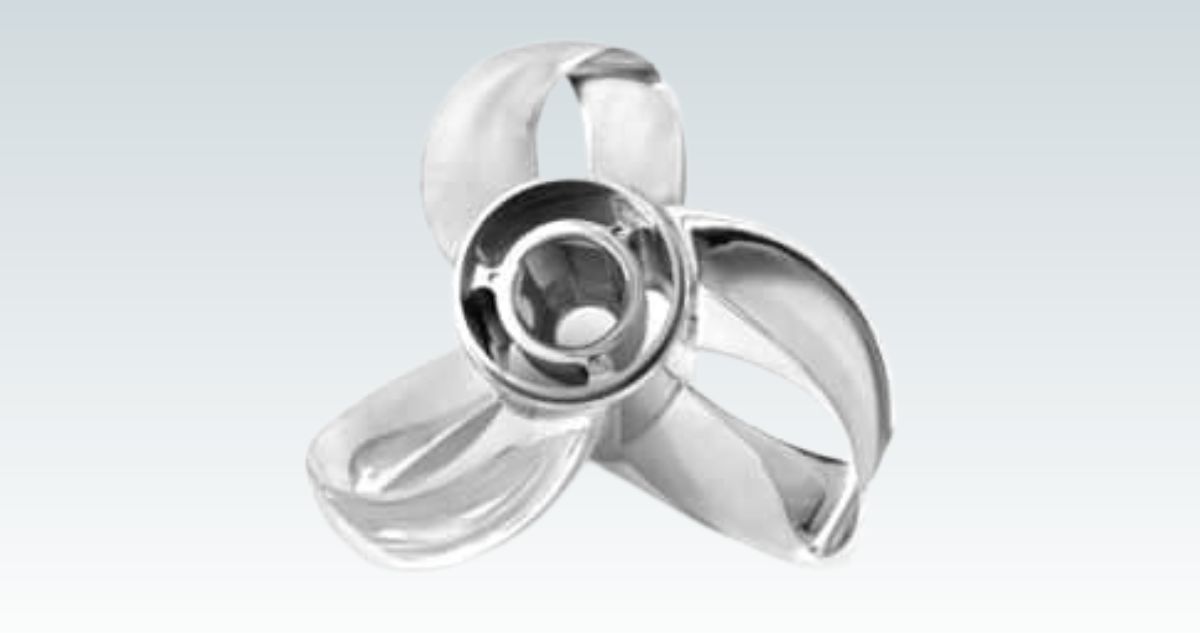
These propellers with looped blades are designed to minimize noise by optimizing the flow of water around the blades and reducing cavitation, which is a major source of underwater noise.
By closing the loop and improving the hydrodynamic efficiency, these propellers can significantly reduce noise emissions during operation.
The reduction in underwater noise is beneficial for marine life, as excessive noise can disrupt their natural behavior, communication, and feeding patterns.
By minimizing noise pollution, these propellers contribute to the preservation of marine ecosystems and the overall health of the oceans.
Extensive testing conducted by BoatTEST has demonstrated the superior efficiency of the Sharrow Propeller (loop) compared to standard blade propellers.
The results revealed that the Sharrow Propeller can achieve fuel savings of up to 46% when compared to traditional propellers.
6. Arise of Eco-Friendly Body Paint Technology
Copper-based antifouling paints are widely recognized as a significant environmental issue due to their emissions.
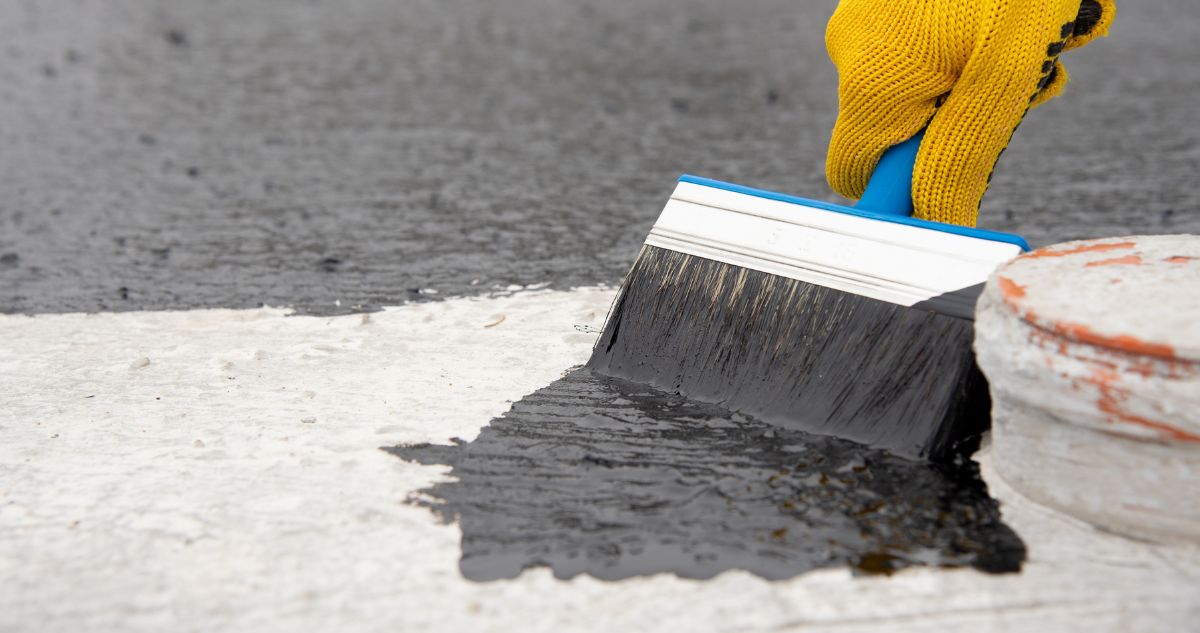
It has been observed that up to 40 percent of copper inputs into the Baltic Sea are attributed to antifouling paints used on ships and leisure boats.
This highlights the substantial contribution of these paints to the overall copper contamination in the marine ecosystem.
In order to overcome this issue, Nippon Paint Marine has developed an innovative hull paint called AQUATERRAS, which is a biocide-free antifouling coating.
It is recognized as the world's first biocide-free SPC (self-polishing copolymer) coating with a formulation that is environmentally friendly for the marine ecosystem.
AQUATERRAS does not contain heavy metals, active ingredients, or silicone, making it a sustainable and responsible choice.
Apart from its eco-friendly composition, AQUATERRAS offers additional benefits for shipowners. When applied to a ship's hull, it can reduce the overall resistance by up to 10%.
This reduction in resistance contributes to lower fuel consumption and, consequently, a reduction in CO2 emissions.
Moreover, in the realm of eco-friendly bottom paints, there are primarily two choices available.
The first option is alternative biocide hull paints, which utilize zinc, silicone or other substances as biocides instead of copper.
The second option is non-biocide hull paints that do not contain any environmentally polluting chemicals.
These paints safeguard the boat hull by either creating a smooth surface or forming a durable protective layer, offering effective hull protection while minimizing harm to the environment.
7. Non-Ballast Ships Used
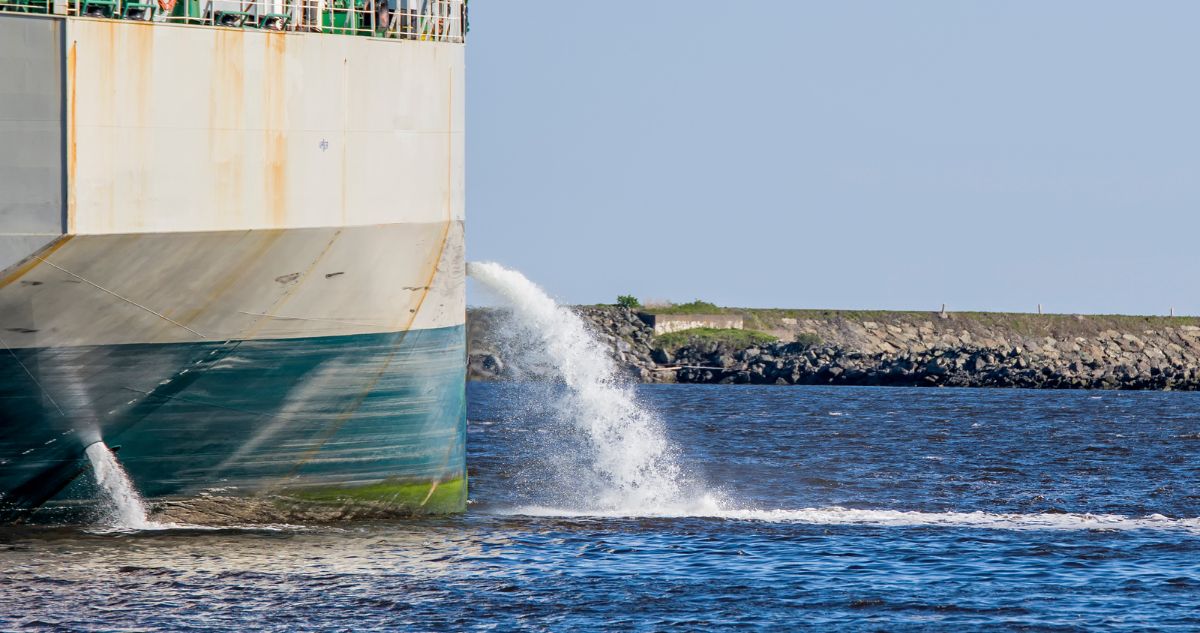
The concept of non-ballast or ballast-free ships represents an innovative approach to addressing the challenges associated with ballast water management.
The THREE benefits of non-ballast or ballast-free ships include:
The continuous flow of local seawater helps prevent the transportation of hitchhiking organisms, reducing the risk of introducing invasive species to new environments.
By eliminating the need for complex and expensive ballast water treatment systems, such as filters, UV irradiation, and chemical biocides, non-ballast ships offer potential cost savings for shipowners and operators.
The reduced transfer of ballast water contributes to the preservation of marine ecosystems by preventing the spread of invasive species and minimizing the impact on local biodiversity.
In accordance with the guidelines and conventions set forth by the International Maritime Organization (IMO), these ships aim to minimize the transfer of organisms and eliminate the need for complex and costly sterilization equipment.
Unlike traditional ballast systems that involve taking on and discharging water, ballast-free ships focus on reducing buoyancy by other means.
This approach eliminates the need for additional weight or water to adjust the vessel's draft, thereby reducing the potential for introducing harmful organisms during ballast operations.
8. Invention of Battery-Powered Ship
The use of battery power has gained significant popularity in the transportation sector, as evidenced by the widespread adoption of electric cars on roads.
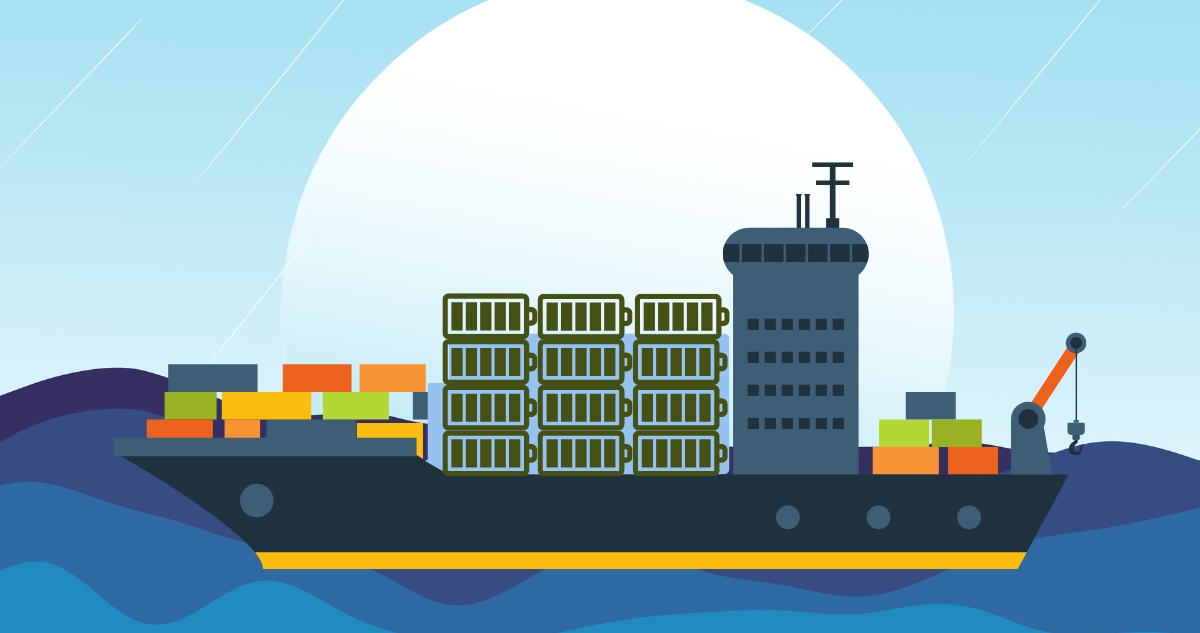
Following this trend, the marine industry has also embraced battery technology to reduce greenhouse gas (GHG) emissions and drive the transition to cleaner energy sources.
Currently, there are more than 150 ships operating with batteries onboard, and another 100 vessels equipped with batteries are currently under construction.
Kongsberg Maritime, a key player in the maritime industry, is actively involved in the development of battery-driven vessels that operate with zero emissions. These vessels will have the capacity to transport 16 trailers, each capable of carrying up to 29 tons of cargo.
The implementation of these ships will result in a significant reduction of road travel by approximately two million kilometers and a substantial annual decrease of 5,000 tons of carbon emissions.
Approval for fully unmanned operations is anticipated by 2024, marking a significant milestone in the advancement of autonomous shipping and paving the way for greater efficiency, sustainability, and reduced environmental impact in the maritime sector.
Moreover, a groundbreaking 60-meter-long tanker called the e5 has been launched in Tokyo Bay in the year 2022. What sets this tanker apart is that it is the first of its kind to be powered exclusively by lithium-ion batteries.
This signifies the industry's commitment to leveraging battery power as a means to advance sustainability goals and contribute to a greener future for marine transportation.
9. Adoption of Green LED lights
SOP (Save Our Planet) is a company with extensive experience and technical expertise, dedicated to designing and developing optimal LED solutions.
Their primary focus is on providing green and innovative energy-efficient technologies that can withstand the challenging marine environment.
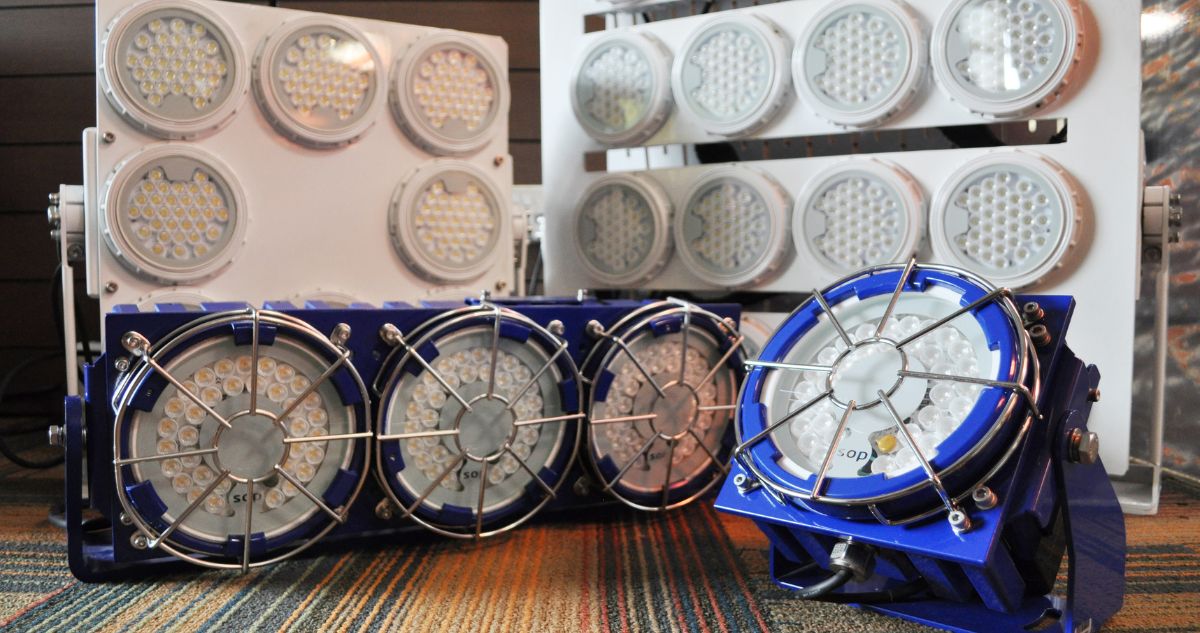
With a mission to "Save our Planet," SOP is committed to leading the way in green initiatives by creating innovative, reliable, and high-quality lighting solutions.
Furthermore, the utilization of LED lights offers numerous advantages compared to traditional incandescent light bulbs.
By emphasizing energy efficiency and sustainability, SOP aims to contribute to environmental preservation and support the transition towards a greener future.
Green Tech Is The Future For Maritime Industries
The implementation of IMO 2020 emissions standards marks a significant milestone in the shipping industry's efforts to protect the environment and reduce pollution.
Ship owners can proactively reduce their sulfur emissions by adopting "green" strategies and implementing sustainable practices. As a result, there is a growing demand for IMO-compliant products and solutions in the market
By embracing environmentally friendly technologies and practices, ships can minimize their impact on the environment and contribute to a cleaner and more sustainable future for the industry.
What really needs to change is the human mindset. We’ve got to treat the Earth with the respect it deserves.- Peter Thomson, UN Special Envoy for the Ocean
It is crucial for ship owners to prioritize these strategies both now and in the future to comply with regulations and address environmental concerns effectively.


